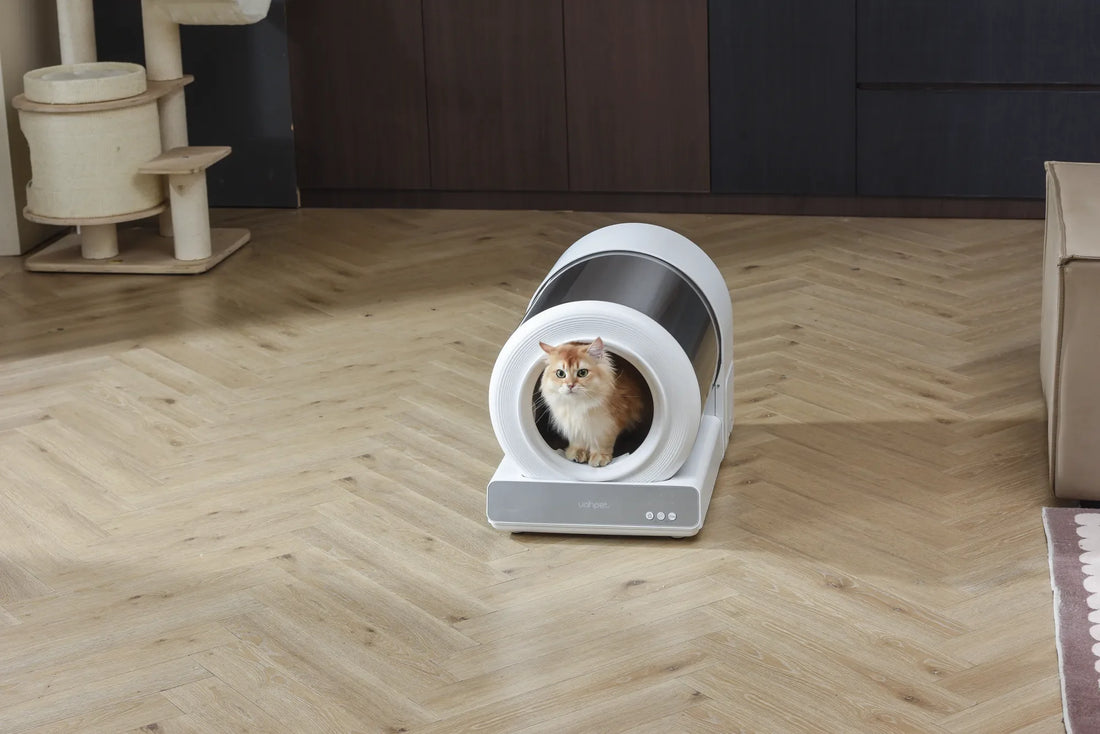If your cat is peeing everywhere but the litter box, you're not alone. This frustrating behavior is one of the most common reasons cat owners seek advice. Understanding the root causes and implementing the right solutions can help restore harmony in your home. Let’s dive into the reasons behind this issue and explore actionable steps to resolve it.
Why Is My Cat Peeing Outside the Litter Box?
Cats are creatures of habit, and when they deviate from their usual routines, it’s often a sign that something is wrong. Here are some of the most common reasons why your cat might be avoiding the litter box:
Medical Issues
One of the first things to consider is whether your cat has an underlying medical condition. Urinary tract infections, bladder stones, kidney disease, and diabetes can all cause discomfort or increased urgency to urinate. If your cat is peeing outside the litter box, a visit to the veterinarian is essential to rule out these health concerns.
Stress and Anxiety
Cats are sensitive to changes in their environment. Moving to a new home, introducing a new pet, or even rearranging furniture can cause stress and lead to inappropriate urination. Identifying and addressing the source of your cat’s anxiety can help resolve the issue.
Litter Box Problems
Sometimes, the problem lies with the litter box itself. Cats can be picky about the type of litter, the cleanliness of the box, or its location. If the litter box is too small, too dirty, or in a noisy area, your cat may choose to pee elsewhere.
Territorial Marking
Unneutered or unspayed cats may mark their territory by urinating outside the litter box. This behavior is more common in multi-cat households or when a new pet is introduced. Spaying or neutering your cat can often reduce or eliminate this behavior.
How to Stop Your Cat from Peeing Everywhere
Once you’ve identified the cause of your cat’s behavior, you can take steps to address it. Here are some effective strategies to help your cat return to using the litter box:
Visit the Veterinarian
If you suspect a medical issue, schedule a visit to the vet as soon as possible. Early diagnosis and treatment can prevent the problem from worsening and improve your cat’s quality of life.
Reduce Stress
Create a calm and stable environment for your cat. Provide hiding spots, vertical spaces, and plenty of enrichment to help them feel secure. If you’ve recently introduced a new pet, give your cat time to adjust and ensure they have their own space.
Optimize the Litter Box
Make sure the litter box meets your cat’s preferences. Use unscented litter, keep the box clean, and place it in a quiet, accessible location. If you have multiple cats, provide one litter box per cat plus an extra to avoid competition.
Clean Accidents Thoroughly
If your cat has peed outside the litter box, clean the area thoroughly to remove any lingering odor. Use an enzymatic cleaner specifically designed for pet accidents to prevent your cat from returning to the same spot.
Consider Behavioral Training
In some cases, behavioral training may be necessary to retrain your cat to use the litter box. Positive reinforcement, such as treats and praise, can encourage your cat to use the box consistently.
Preventing Future Problems
Preventing your cat from peeing outside the litter box requires ongoing attention to their needs. Here are some tips to help you maintain a litter box-friendly environment:
Monitor Your Cat’s Health
Regular veterinary check-ups can help catch potential health issues early. Keep an eye on your cat’s behavior and litter box habits, and consult your vet if you notice any changes.
Maintain a Clean Litter Box
Scoop the litter box daily and change the litter regularly. A clean litter box is more inviting to your cat and reduces the likelihood of accidents.
Provide Multiple Litter Boxes
If you have multiple cats, ensure each cat has access to their own litter box. This reduces competition and stress, making it more likely that all cats will use the boxes appropriately.
Create a Cat-Friendly Environment
Enrich your cat’s environment with toys, scratching posts, and climbing structures. A happy and stimulated cat is less likely to develop behavioral issues.
Dealing with a cat that’s peeing everywhere but the litter box can be challenging, but with patience and the right approach, you can resolve the issue. By addressing the root cause and making adjustments to your cat’s environment, you can help them feel comfortable and secure. Remember, your cat’s behavior is their way of communicating with you—listening and responding appropriately can strengthen your bond and create a happier home for both of you.













